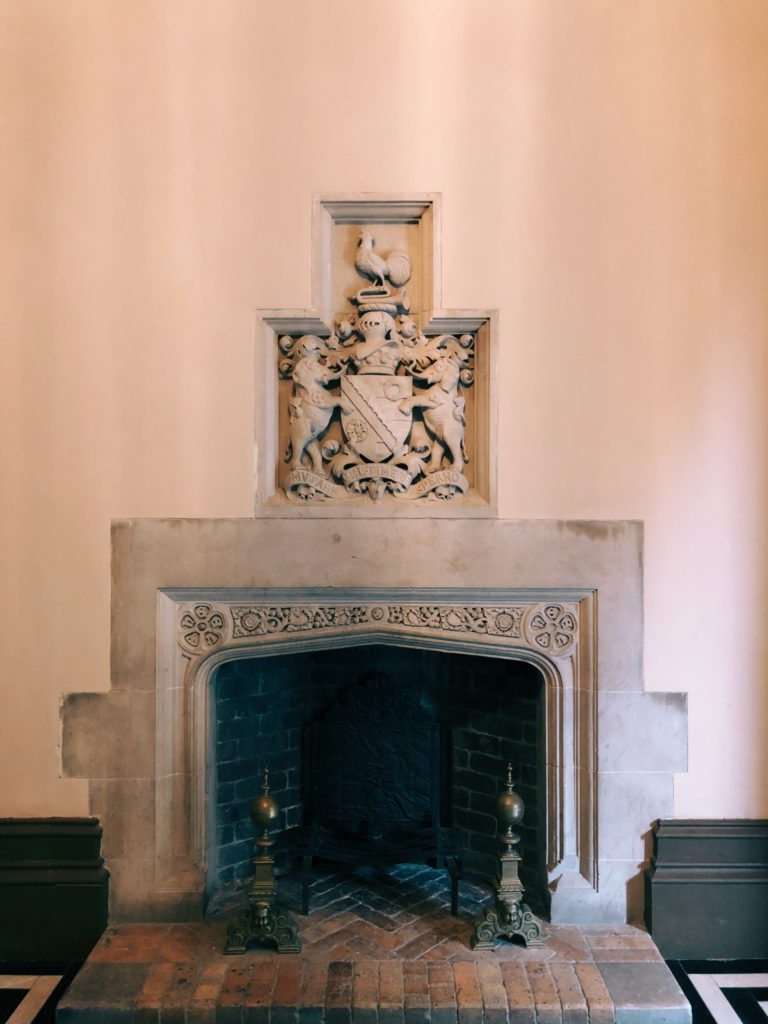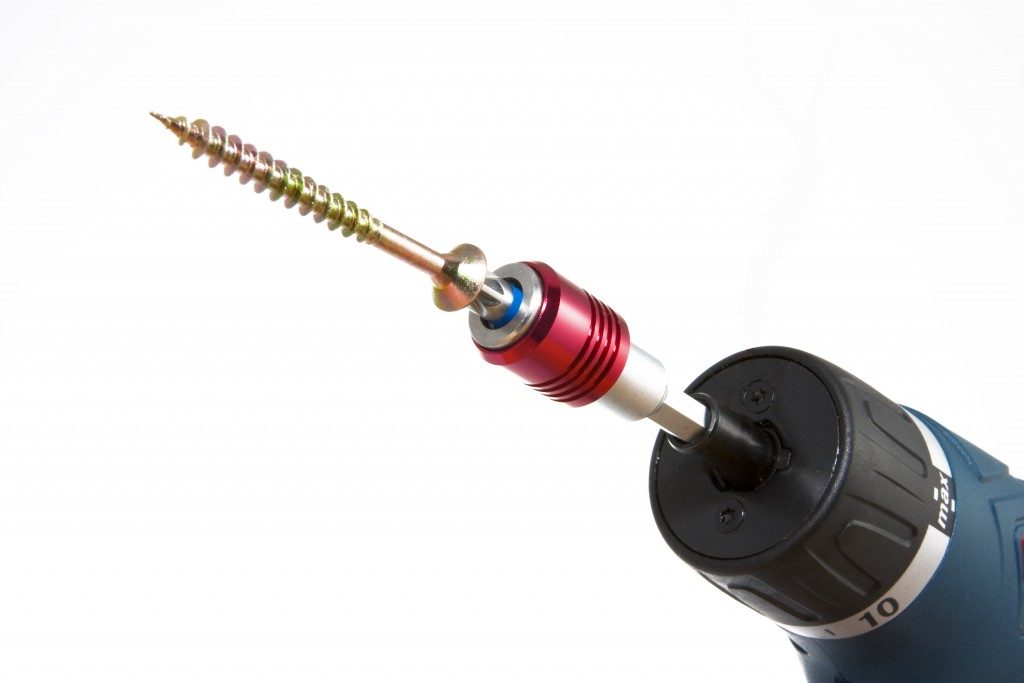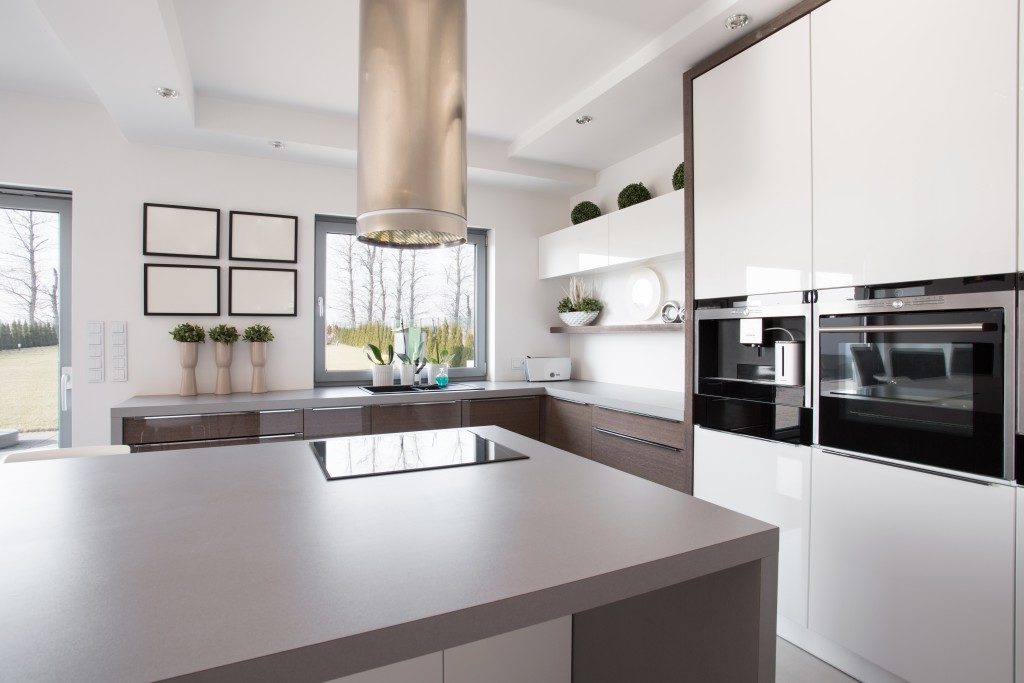One of the favorite amenities that many home buyers consider when shopping for a new house is the fireplace. This structure provides many benefits to a homeowner. A hearth, for instance, provides a cheerful and cozy place to gather family members, read a good book or pull up a sofa chair to relax.
Just like other parts of your house, your fireplace requires periodic inspection and maintenance. If you can’t recall the last time you had your electric, wood or gas fireplace inspected, now is a good time to have that part of your house checked by a professional.
Fireplace Inspection: An Overview

A fireplace service inspection involves the assessment of the condition of the hearth. A fireplace contractor will check the structure and confirm if repairs or maintenance tasks are required.
The National Fire Protection Association (NFPA) serves as the governing body of the US concerning the standards set for inspecting chimneys and fireplaces. The organization outlines three levels of inspection. The procedures become more complex when the number on the inspection level rises.
Here are the details for each fireplace and chimney inspection level:
Level One Inspection
This inspection level is a minimum requirement for any fireplace. It involves a visual check of the chimney and the fireplace without climbing on the roof or using any piece of special equipment.
When you ask for a level one fireplace inspection from a service provider, a certified technician will come to your house and check the flue, the soundness of the structure and the basic appliance connections (for those with an electric fireplace). The technician will also confirm if the chimney is free of combustible deposits and obstruction.
If the technician discovers creosote buildup, soot or other obstructions, your chimney will need sweeping. A chimney sweep will use tools, such as a vacuum, brush and extension poles to clean your fireplace and chimney. Periodic cleaning is necessary to make sure that your fireplace is safe to use.
Level Two Inspection
A second-level fireplace inspection has more procedures than the first one. This inspection level is required when:
- You’ve experienced a dramatic weather event, such as a hurricane or a tornado
- The chimney survived a fire
- You are purchasing or selling a home that comes with a fireplace
- You’ve remodeled or renovated your fireplace
- You’ll be using the chimney for extended periods
A level two inspection includes the procedures outlined in the first level, along with additional processes. A chimney inspector will use a video scanning tool and other visual equipment to search for signs of problems in your roof, attic and crawlspace. A chimney sweep may be required, depending on the results of the assessment.
At the end of the inspection, you’ll know the condition of your fireplace and chimney and receive information on the repairs necessary to restore these structures.
Level Three Inspection
This is the most extensive of all the inspection types. A level three inspection is required when the first two levels of inspection point to potentially unseen defects of a chimney. The process may involve opening or tearing out the drywall to check the hidden parts of the chimney.
When the inspector completes the process, you’ll get advice on the work necessary to keep the fireplace safe. You shouldn’t use your fireplace until the contractor successfully completes the required repair or restoration work and confirms that the chimney no longer poses a threat to safety and health.
What to Look for in a Fireplace Contractor

You should have chimney and fireplace inspections conducted by a Certified Chimney Sweep — particularly a professional that has earned a certification from the Chimney Safety Institute of America (CSIA), a non-profit organization that provides expert-led training and education to chimney industry professionals. Never hire a professional who does not know the differences between all three levels or fails to provide a clear explanation of what you need for your fireplace.
Apart from the CSIA certification, you should check the following before hiring a fireplace contractor:
- Customer Reviews – The common practice when comparing contractors is to check out online reviews. The feedback that customers leave is important, as they could make or break your decision to hire a contractor. You’ll want to steer clear of professionals with multiple negative reviews.
- Experience – Look for contractors who have been working with fireplaces and chimneys for several years.
- Stellar Customer Service – Go for a contractor that delivers excellent service from start to finish. This includes coming in to your house on schedule, answering your inquiries promptly and showing courtesy and respect.
- Unresolved Complaints – Do your homework and find out if the contractor has unresolved complaints filed with the Better Business Bureau (BBB) or the Consumer Protection Agency. If possible, go for professionals with an A+ rating.
- Insurance – Hire a fireplace contractor who carries the necessary insurance coverage, such as property damage and liability insurance. Without these, you could be liable for any injury or damage that happens during the inspection, repair, cleaning or maintenance process.
How Much Does a Fireplace Inspection Cost?

The cost of having your fireplace checked will depend on the level of inspection. The price for a standard inspection usually hovers from $100 to $250. If you throw in the cleaning costs, you can expect to spend anywhere from $150 to $350.
You could expect to shell out more cash if the inspection requires the demolition and rebuilding of your chimney walls. Expect to pay thousands of dollars for a level three inspection (actual cost will vary depending on the location and size of the chimney).
Why Should You Conduct a Fireplace Inspection?

You may be asking yourself, “What could go wrong?” As you bask in the warmth of your fireplace, the last thing you’re probably thinking or worrying about is the condition of your chimney. If you fail to give this some thought, however, your enjoyment now could turn into a nightmare one day.
Many problems could arise due to the lack of chimney and fireplace maintenance.
When you have your fireplace inspected, you can address or prevent these issues:
Chimney Fire
This happens when the creosote (a highly flammable substance present on the walls of the chimney liner) starts to burn. You likely have a chimney fire when you hear loud popping or cracking noises. You may also come across a lot of dense smoke and a hot, intense smell.
Chimney fires destroy homes.
According to the latest statistics available from the U.S. Consumer Product Safety Commission (CPSC), an estimate of 17,600 fireplace and chimney fires occurred from 2015-2017. These fires are responsible for approximately 115.9 million dollars in property damage.
What’s worse, these fires can go undetected unless you have your fireplace and chimney inspected. Slow-burning chimney fires don’t have enough fuel or air to be visible and dramatic. The temperatures, however, can get incredibly hot and cause extensive damage to the structure of the chimney.
Don’t wait for the chimney fire to burn down your home. Have someone check the condition of your chimney and fireplace to avoid destructive fires.
Creosote Poisoning
Apart from being a flammable substance, creosote is a dangerous fireplace byproduct. An accumulation of this substance can cause all sorts of health problems, including eye and skin irritation, seizures, confusion and breathing problems.
Chimney Cap Damage
If this cap has a tear or a hole, birds, rodents and other pests could use that opening to make a nest and infiltrate your home. What’s more, snow and rain may make their way into your interior if you have a damaged chimney cap.
Cracks or Gaps in the Chimney
Moisture can enter when your chimney has gaps or cracks in the mortar. You’ll want to get this issue addressed as soon as possible, as large cracks could significantly raise the likelihood of structural collapse or chimney fire.
Have your fireplace looked every year or every couple of years. An unsafe chimney or fireplace should be a cause of concern because this condition may compromise the structural integrity of your property and the health of your family. Once you know this home feature is getting the maintenance it needs, then you can comfortably relax on your own or with the family around the hearth.



